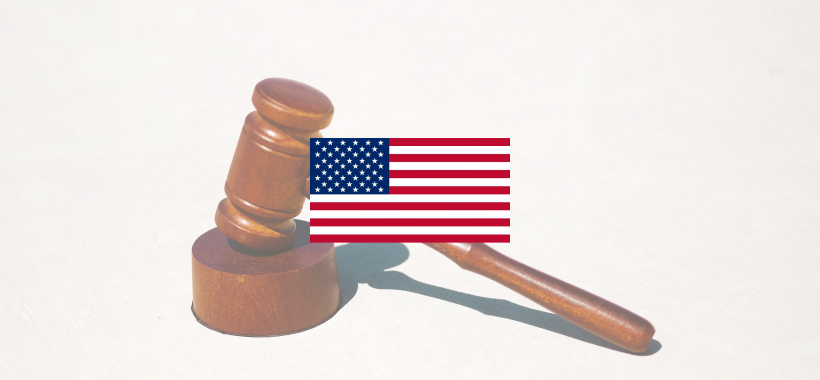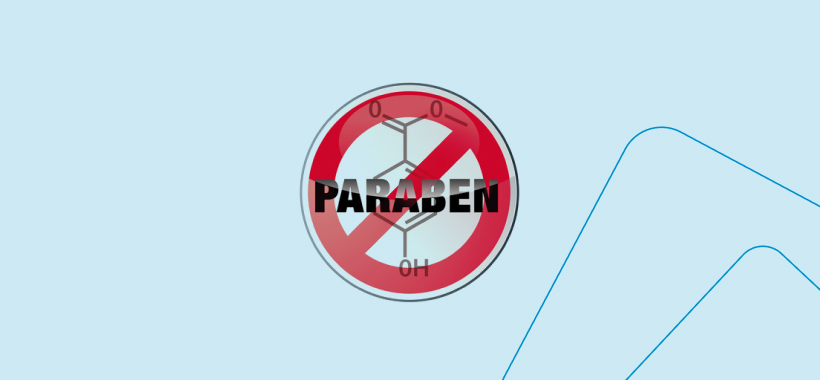On 29 December 2022, the US President signed into law the Consolidated Appropriations Act 2023 (https://www.cosmeticsandtoiletries.com/regulations/news/22618319/us-housesenate-president-biden-pass-2023-consolidation-act-pcpc-applauds-cosmetic-inclusion ) , which included the Modernization of Cosmetics Regulation Act of 2022 (MOCRA), a long-awaited reform of the US cosmetics regulation.
MOCRA amends Chapter VI of the Federal Food, Drug, and Cosmetic Act (FD&C Act). Below is a summary of the most important changes under the new regulation:
- Mandatory facility registration by 29 December 2023
- all existing facilities, domestic and foreign, which manufacture or process a cosmetic product for distribution in the US must register with the FDA
- foreign facilities require a U.S. agent
- registrations have to be renewed every two years
- following the deadline, new businesses will have 60 days after beginning manufacturing to register with the FDA.
- Mandatory product registration by 29 December 2023
- products registered under the Voluntary Cosmetic Registration Program (VCRP) may be covered for the initial registration.
- cosmetic product registrations must be updated every year
- new products must be registered within 120 days of introduction into interstate commerce.
- GMP by 2025
- cosmetic facilities must comply with established good manufacturing practices (GMP)
- FDA is expected to issue proposed rule within two years, with the final GMP rule issued no later than year after that.
- Mandatory reporting of serious adverse events
- mandatory reporting of serious adverse events to the FDA
- Product Labelling
- fragrance allergens have to be included on the product labels
- the FDA has until 2024 to propose the list of fragrance allergens
- Fragrance ingredients
- a new requirement to have information on file regarding fragrance ingredients
- the FDA can request the list of such ingredients if they feel that a flavor or fragrance in a product was linked to a serious adverse event, this list has to be provided within 30 days
- Talc, asbestos and PFAS
- the FDA must publish a proposed testing methods for asbestos in talc
- the FDA must also issue a report on the use of PFAS in cosmetics, including the safety of these ingredients
- Substantiation of safety
- new requirement to substantiate the safety of cosmetic products and keep the documentation on file
- Mandatory recall authority
- the FDA now has a stronger recall authority when it comes to safety or quality risks associate with a cosmetic product
- Animal testing
- MOCRA states that animal testing should be phased out “with the exception of appropriate allowances’’


